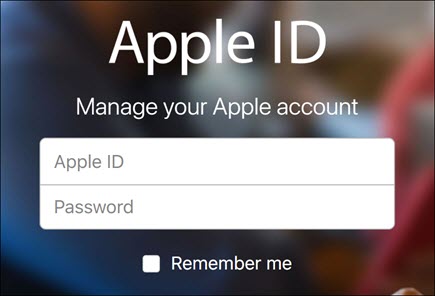Outlook won’t accept my password
If Outlook won’t accept your password and you know you’re using the password for your email account, you might have an email account that requires additional security.
Gmail, Yahoo, iCloud, Outlook.com, and AOL accounts all use two-factor authentication to help verify that you’re the person trying to access your email account.
To add your email account to Outlook, you’ll need an app password, also known as an application password. This is a different password than your regular email account password. One way you’ll know you need an app password is if you see the following message: 2-factor authentication is set up for your account. Please sign in using your application password.
The steps to obtain an app password are different for each email provider. Select your provider in the drop-down for instructions.
Gmail does allow you to add your account to Outlook without setting up two-factor authentication and using an app password, but you must turn on a setting that allows “less secure apps” to connect to your account. We do not recommend this setting. We recommend turning on two-factor authentication and using an app password.
To turn on two-factor authentication and get an app password, use the following steps.
For Gmail
- Go to Gmail from your browser, then select the Google apps icon in the upper right corner of the screen.

- Select My Account. Under Sign-in & security, select Signing in to Google.

- Under Password & sign-in method, if 2-Step Verification is OFF, click the > next to OFF. Otherwise, skip to step 4.
- On the first screen, click CONTINUE.
- If prompted, enter your Gmail password and then click NEXT.
- Enter your phone number and select whether you want to receive your verification codes by text message or a phone call. Then click NEXT.
- Enter the code you received and click NEXT.
- Click TURN ON to finish setting up 2-step verification.
- Return to the previous screen by clicking the left arrow at the top of the screen next to 2-Step Verification.

- Under Password & sign-in method, select App passwords.

- Enter your Google password and then select Sign in. At the bottom of the next screen, select Mail and Windows Computer from the drop-down lists, then select Generate.

- Google will display an app password for you. Copy this password (without the spaces) and enter this password when Outlook prompts you for a password.

For Outlook.com
If you’re using two-factor authentication for Outlook.com, use the following steps to generate an app password.
- Go to https://outlook.com, click your initials in the upper right, and then select View Account.
- Under Security, select Update.
- Under More security options, select Explore.
- Scroll down to the app passwords section, and then choose Create a new app password.
- Your app password will be displayed on the next screen. Make a note of this password, as you’ll need it when you add your account to Outlook.
- Use the instructions at the beginning of this article to add your account to Outlook, but when Outlook asks for your password, enter your app password.
For Yahoo.com
- Go to the Yahoo website from your browser and select the settings icon in the upper right corner of the screen.

- Select Account info > Account security. You may need to sign in again.

- If Two-step verification isn’t turned on, you’ll need to do that before you continue. Then select Manage app passwords.

- Select Outlook Desktop from the drop-down list, and then select Generate.

- Yahoo will display an app password for you. Copy this password (without the spaces) and enter this password when Outlook prompts you for a password.

For iCloud
- Go to the Apple ID website from your browser and enter your Apple ID and password.

- If you’ve already turned on two-factor authentication, you’ll receive a code on one of your devices. Enter this code to continue. Otherwise, turn on two-factor authentication.

- In the Security section, under APP-SPECIFIC PASSWORDS, select Generate Password…
- Enter a name for your password, such as Outlook, and select Create.

- Apple will display an app password for you. Copy this password (without the spaces) and enter this password when Outlook prompts you for a password.

